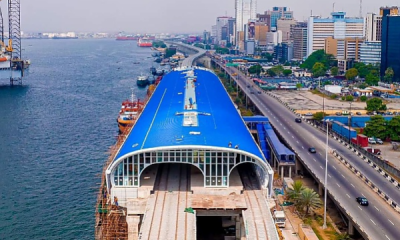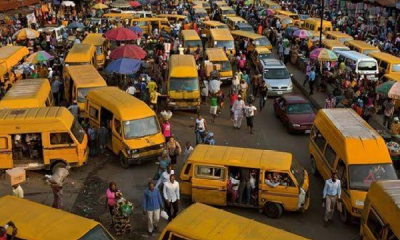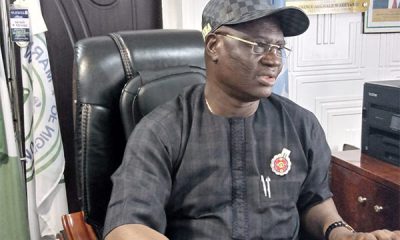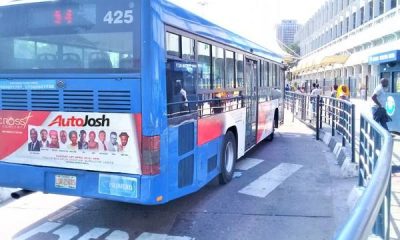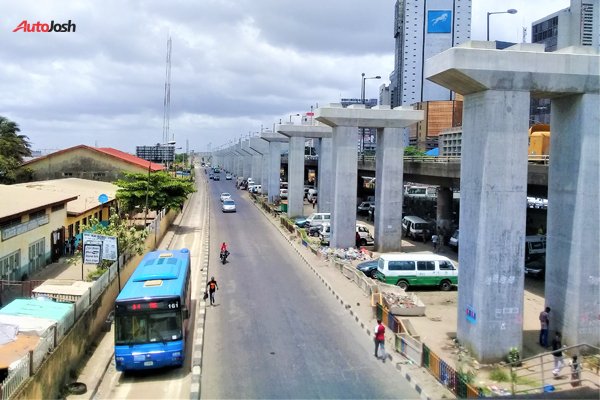
1. During the military administration of Lagos state, the World Bank made a proposal tagged, “the Lagos Urban Transport Project (LUTP)”. It was a proposal designed to reform urban transport in Lagos. The proposal was completely ignored by the military rulers.
2. On assumption of office as the governor of Lagos state, Bola Tinubu, discovered the “the Lagos Urban Transport Project” proposal.
3. In 2002, the Tinubu-led government approved “the Lagos Urban Transport Project” proposal. With the assistance from the World Bank – the Lagos state government began its implementation. The World Bank provided technical support, while the Lagos state government provided the capital funding.
4. As a condition, the World Bank insisted on the creation of a professional urban transport management and regulation authority. This gave birth to the Lagos Metropolitan Area Transport Authority (LAMATA) in 2002.
5. During his second term in office, the Tinubu-led government – working on the suggestion by the World Bank – began work on a new high-capacity bus system that would later become the Lagos bus rapid transit (BRT). The BRT is a global system that employs dedicated lanes to deliver fast, comfortable and cost-effective bus service.
6. The implementation of the BRT system suffered a significant delay. This was due to a prolong negotiation between the state government and the NURTW. The state government needed to get the approval of the road union for the project.
7. As part of the government efforts to convince the transport union of the benefit of the BRT system, the government, through LAMATA, sponsored trips to Latin America for NURTW officials to see how BRT systems work in those places.

8. The state government and the NURTW finally arrived at an agreement: the agreement was for the government to grant a NURTW-affiliated cooperative the concession to operate one of the BRT lines in Lagos.
9. In 2005, the NURTW was assigned the responsibility of identifying buses that would be suitable for the operation of the BRT scheme. The key consideration for the choice of suitable bus included ability to operate on local roads, climatic conditions and affordability. A truck-derivative passenger chassis from Ashok Leyland in India, with bodywork from the same country, despite the shipping costs, was adopted.
10. On August 2006, LAMATA contracted the Integrated Transport Planning Ltd. (ITP), to carry out a feasibility study for the development of the initial Corridor for the Lagos Bus Rapid Transit (BRT) System. The objective of the study was to determine the infrastructure, operations, regulatory and institutional reforms that would be needed to have an effective BRT model for Lagos state.
11. In 2007, Governor Babatunde Fashola introduced the Lagos State Bus Asset Management Limited (LAGBUS) scheme. The LAGBUS was set up as a limited liability company. LAGBUS is a management collaboration between the Lagos state government and the NURTW.
12. With the state government as guarantor, LAMATA was able to secure loans from commercial banks to finance the purchase of BRT buses for the state and the NURTW corporative.
13. LAGBUS procured 120 buses and were leased to its partner operators. An additional 40 buses were procured and were directly operated by LAGBUS. In addition, about 100 new buses were procured by the private sector without any direct government support.
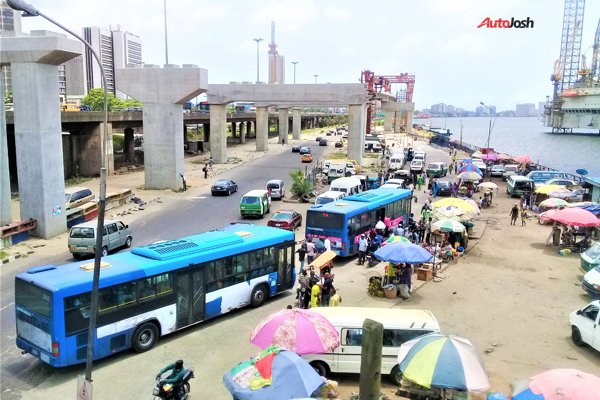
14. On 17 March 2008, the first BRT scheme in Sub-Saharan Africa was born. This happened when the first phase of the Lagos BRT was opened. It was tagged “BRT-Lite”. It operated on a 22-kilometer radial highway that connects Mile 12 and Lagos Island. That is, it ran from Mile 12 through Ikorodu Road and Funsho Williams Avenue, Eko Bridge up to CMS.
15. In its first year, the BRT transported an average of 200,000 passengers per day. In 2012, it carried 51 million passengers, averaging around 140,000 a day. Still, this was only a fraction of the passengers that use private buses.
16. The BRT regime brought mass transit price competition. BRT bus fare were 30% lesss than the average. That is, from N100 to the N150 charged by danfos. BRT also introduced a reduction by 40% in the journey time, and cut the average waiting time by 35%.
17. A second phase of the BRT was later implemented. It extended from CMS to Mile 12 to Ikorodu.
18. 26 bus shelters are offered along the Mile 12-CMS road; three bus terminals are also placed along the corridor (at Mile 12, Moshalashi and CMS), with the bus terminal at CMS designed to integrate with transport modes of rail and ferry that are planned for future construction by LAMATA.
19. To enhance its operations, a franchise system was devised by LAGBUS to allow private sector participation in the BRT scheme. In 2012, a LAGBUS franchise became operational. It started with 10 franchise companies, 17 operating routes and 238 buses.
20. While the contract signed with LAGBUS by the franchisees was still running, Lagos Metropolitan Area Transport Authority (LAMATA) went into a controversial BRT franchise with another private firm, this time, Primero
21. On 6 January 2016, the Ambode-led government banned the LAGBUS buses from the BRT scheme. It meant that LAGBUS-NURTW-controlled buses were no longer allowed to utilize the Ikorodu-Mile 12-CMS BRT corridor to load or drop passengers, they could use the road like other private commercial vehicles. The rickety conditions of the buses- among other violations by the operators – were cited as the reason to the termination of the contract.
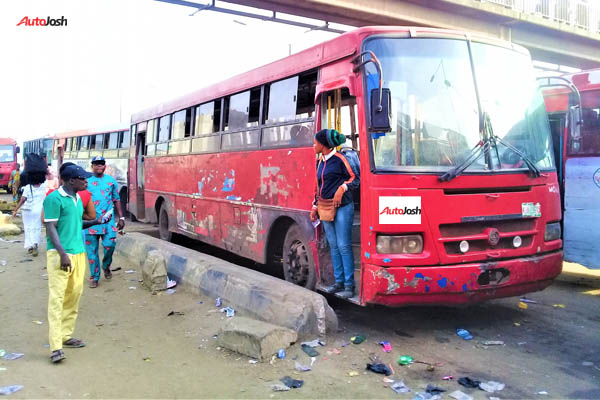
22. The banned LAGBUS franchise buses were moved to 14 other non-BRT routes identified by the LAMATA Master plan.
23. Before LAGBUS franchisees were controversially taken off the very lucrative BRT corridors, the number of franchisee had grown to 37.
24. Lagos Metropolitan Area Transport Authority (LAMATA), in a move that sparked controversy and suspicion, accorded Primero Transport Services Limited – a private company, with the exclusive right to operate on the lucrative BRT corridors in Lagos state. Meanwhile, the details of the contract LAMATA signed with Primero has remained shrouded in secrecy.
25. Currently, LAMATA is in direct control of BRT (Primero Transport Services Ltd and the BRT infrastructure); NURTW is in charge of LAGBUS operation.
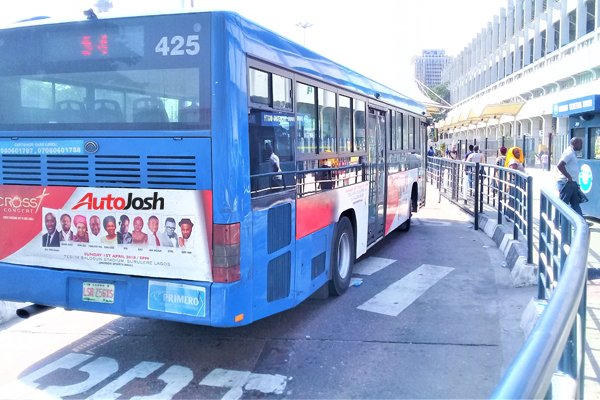
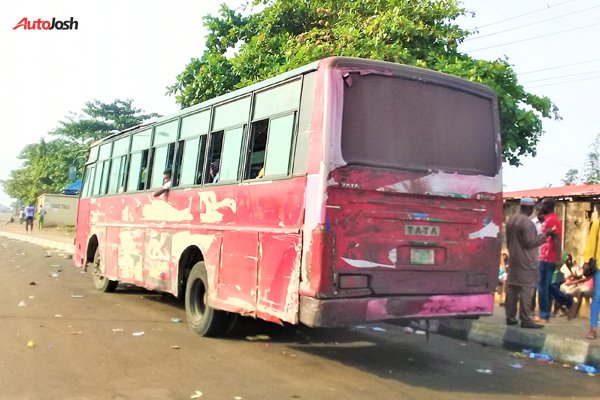

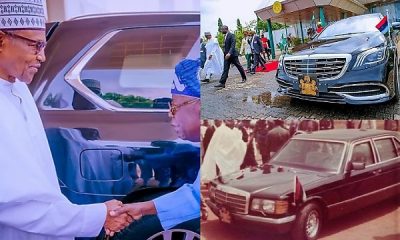
 News5 days ago
News5 days ago
 News1 week ago
News1 week ago
 News1 week ago
News1 week ago
 News6 days ago
News6 days ago
 News6 days ago
News6 days ago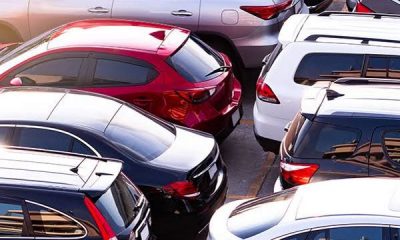
 News5 days ago
News5 days ago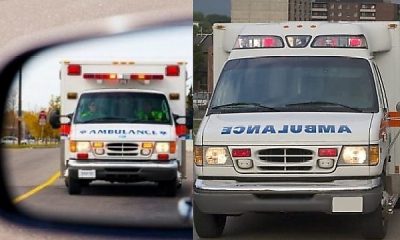
 Car Facts4 days ago
Car Facts4 days ago
 News1 week ago
News1 week ago












